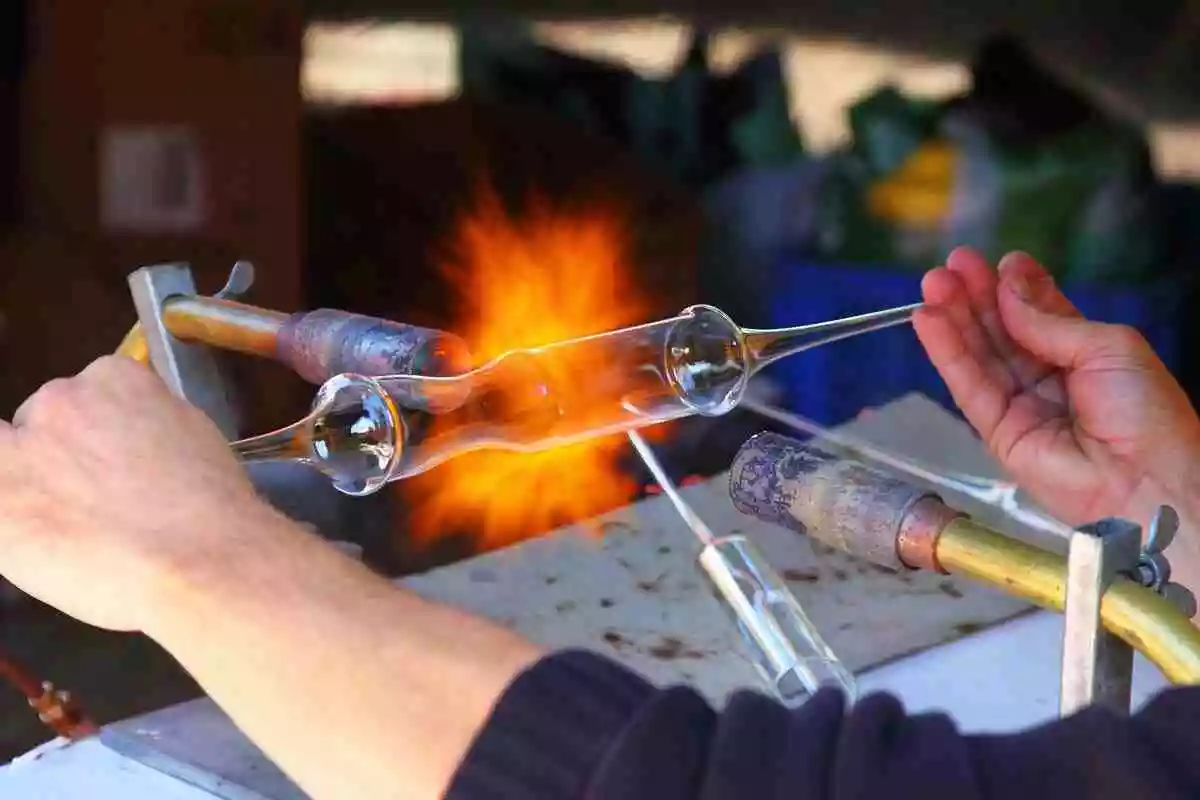What is Conduction?
Conduction Definition
Conduction is a mode of heat transfer that occurs through a solid material without any movement of the material itself. It plays a crucial role in various natural processes and technological applications. This article will discuss the concept of conduction, the difference between conduction and other types of heat transfer, and its importance in everyday life and technology.
The Science Behind Conduction
Conduction occurs when the molecules in a material vibrate and transfer kinetic energy to their neighboring molecules. As the molecules absorb this energy, their temperature increases, causing the heat to propagate through the material. The rate at which heat is transferred through conduction depends on the material’s thermal conductivity, which is a measure of its ability to conduct heat.
Metals, such as copper and aluminum, are good conductors of heat due to their high thermal conductivity, while materials like wood, plastic, and glass are poor conductors or insulators, as they have low thermal conductivity.

Conduction vs. Other Types of Heat Transfer
Heat can be transferred through three main mechanisms: conduction, convection, and radiation. It is essential to understand the differences between these mechanisms to comprehend the various ways heat transfer occurs in nature and technology.
- Conduction: As mentioned earlier, conduction is the transfer of heat through a solid material without any movement of the material itself. Examples of conduction include heat transfer through a metal rod or the walls of a building.
- Convection: Convection is the transfer of heat through a fluid due to the movement of the fluid itself. Examples include the circulation of air in a room or the flow of coolant in an engine cooling system.
- Radiation: Radiation is the transfer of heat through electromagnetic waves without any need for a physical medium. Examples include the heat from the sun reaching the Earth and the heat emitted by a fireplace.
Importance of Conduction in Everyday Life and Technology
Conduction plays a vital role in various natural phenomena and industrial applications, such as:
- Building Insulation: Insulating materials with low thermal conductivity are used in building envelopes to reduce heat transfer through conduction, resulting in lower energy consumption for heating and cooling.
- Electronic Devices: Electronic components generate heat during operation, which must be dissipated to prevent overheating. Conduction plays a significant role in the transfer of heat within electronic devices and from the device to the environment, often utilizing heat sinks to enhance the process.
- Cooking: Conduction is the primary mode of heat transfer when cooking on a stovetop, as the heat from the burner is conducted through the cookware to the food.
- Automotive Systems: In automotive engines, heat generated during combustion is conducted through the engine block and dissipated to the environment, often with the assistance of cooling systems that incorporate both conduction and convection heat transfer.
- Thermal Energy Storage: Conduction plays a role in the transfer of heat between a material and its surroundings in thermal energy storage systems, which store and release heat to maintain a stable temperature or supply energy when needed.

Conclusion
In conclusion, conduction is a critical mode of heat transfer that has a significant impact on various natural processes and technological applications. Understanding the principles of conduction and the differences between conduction, convection, and radiation allows us to better comprehend and control heat transfer processes in our everyday lives and industries. By utilizing tools like heat flux sensors and other measuring instruments, we can optimize the efficiency and effectiveness of systems that rely on conduction for heat transfer, ultimately contributing to a more sustainable and energy-efficient future.
Related Article
Stay up to date with the industry.
